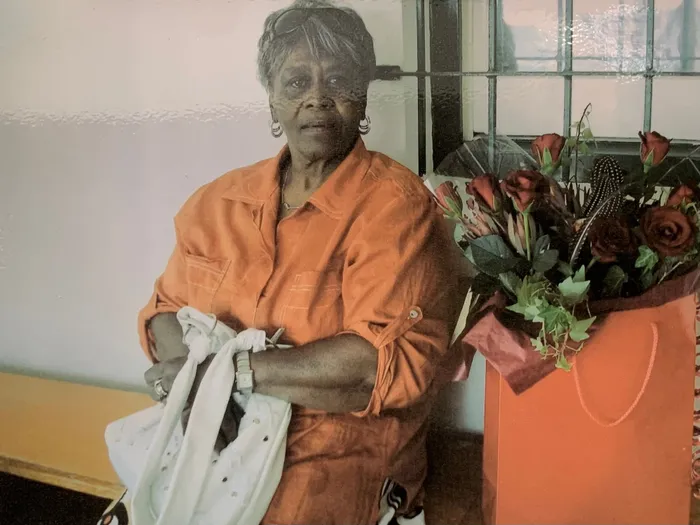From cleaner to heart and historian of Simon's Town Museum

During her 24 years at the Simon's Town Museum, Joan Swain held the title of a “tea lady” and cleaner, but her impact went far beyond those roles. Picture: Simon’s Town Museum
Joan Swain’s official role at the Simon's Town Museum was that of a “tea lady” and cleaner, but her influence went far beyond those responsibilities.
Ms Swain, or Joanie, as she was affectionately known, was born and raised in Simon's Town, had a profound connection to the community. Her roots ran deep, as her childhood memories were intertwined with the town's history.
From her time living in Mission Lane to Riverside Road in the Waterfall Flats, known as "The Kloof," she had first-hand experiences of the places and events that shaped the town.
She married Morris Swain in 1965, and they had four children - Kevin, June, Catherine, and Geraldine. According to Geraldine, her parents were forced to relocate to Ocean View in the 1960s as a result of the forced-removals policy under apartheid’s Group Areas Act, causing significant upheaval for their family.
In 1984, Ms Swain began working at the museum, which Geraldine described as her second home.
“She loved her job there, especially when it was Heritage Day and we would go with her to the museum. She would eagerly share fascinating stories about the Khoisan, the history of Simon's Town, and the origins of its people with us.”
Driven by an insatiable curiosity and a deep love for knowledge, Ms Swain, according to museum manager Cathrynne Salter, became a living library on the history of Simon's Town. Her remarkable memory allowed her to recognise and know the personal histories of nearly every resident, earning their trust and respect. Her impact went beyond her role as a historian.
“She played a pivotal role in reuniting families during the difficult times of forced removals. Through her meticulous research and compassionate nature, she assisted individuals in piecing together their fragmented histories, providing solace and a restored sense of identity to those affected by past policies.”
Her dedication and knowledge of the town's history were unmatched, says Ms Salter.
“She became an invaluable resource, effortlessly locating items within the museum's extensive collection and skilfully transforming its displays improving the overall experience for visitors.”
During her time at the museum, Ms Swain conducted thorough research and made a personal discovery: her ancestry could be traced back to the Kru tribe in Sierra Leone, Liberia, and Ghana, who became known as Kroomen by the Royal Navy sailors.
She discovered that the Kroomen were renowned for their seamanship skills and were well-respected within the Royal Navy.
According to Ms Salter, this newfound knowledge ignited a deep sense of pride and belonging within her.
“As a child, she had been teased for her dark complexion, unaware of its significance. Upon discovering her personal history, she wore her heritage as a badge of honour.”
Ms Salter says she pushed many times to have Ms Swain promoted, but her value was never officially recognised.
Undeterred, Ms Swain continued her research and worked with the museum staff and former residents of Simon’s Town to initiate Project Phoenix to preserve the stories of those affected by forced removals.
After a dedicated career, she retired in December 2008.
"My mother was beloved by many, and led a fulfilling life as a daughter, sister, aunt, wife, mother, grandmother, and great-grandmother," says Geraldine. “She was vibrant, loving, and caring, and will be deeply missed."
Ms Swain died in 2010.
...